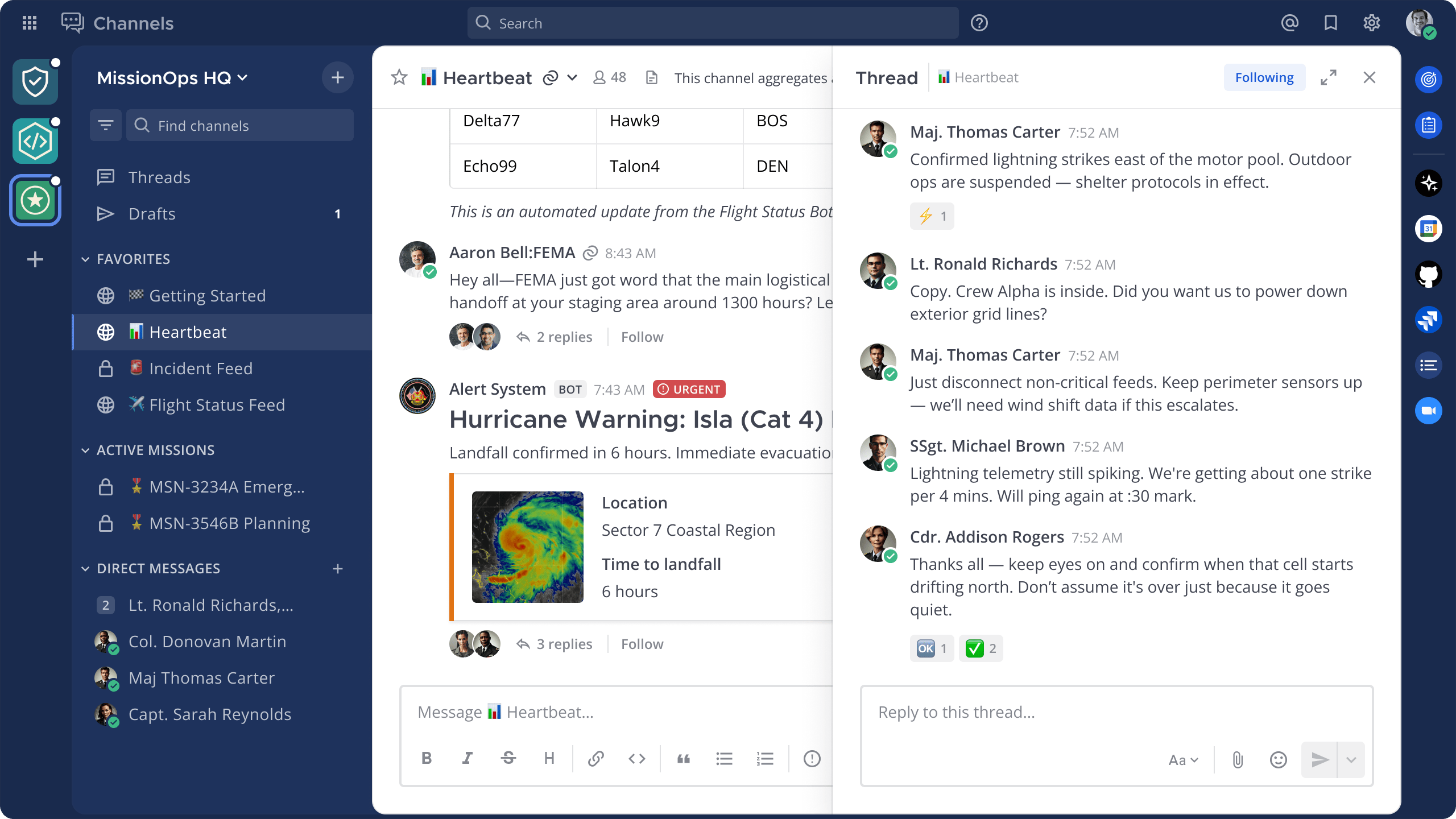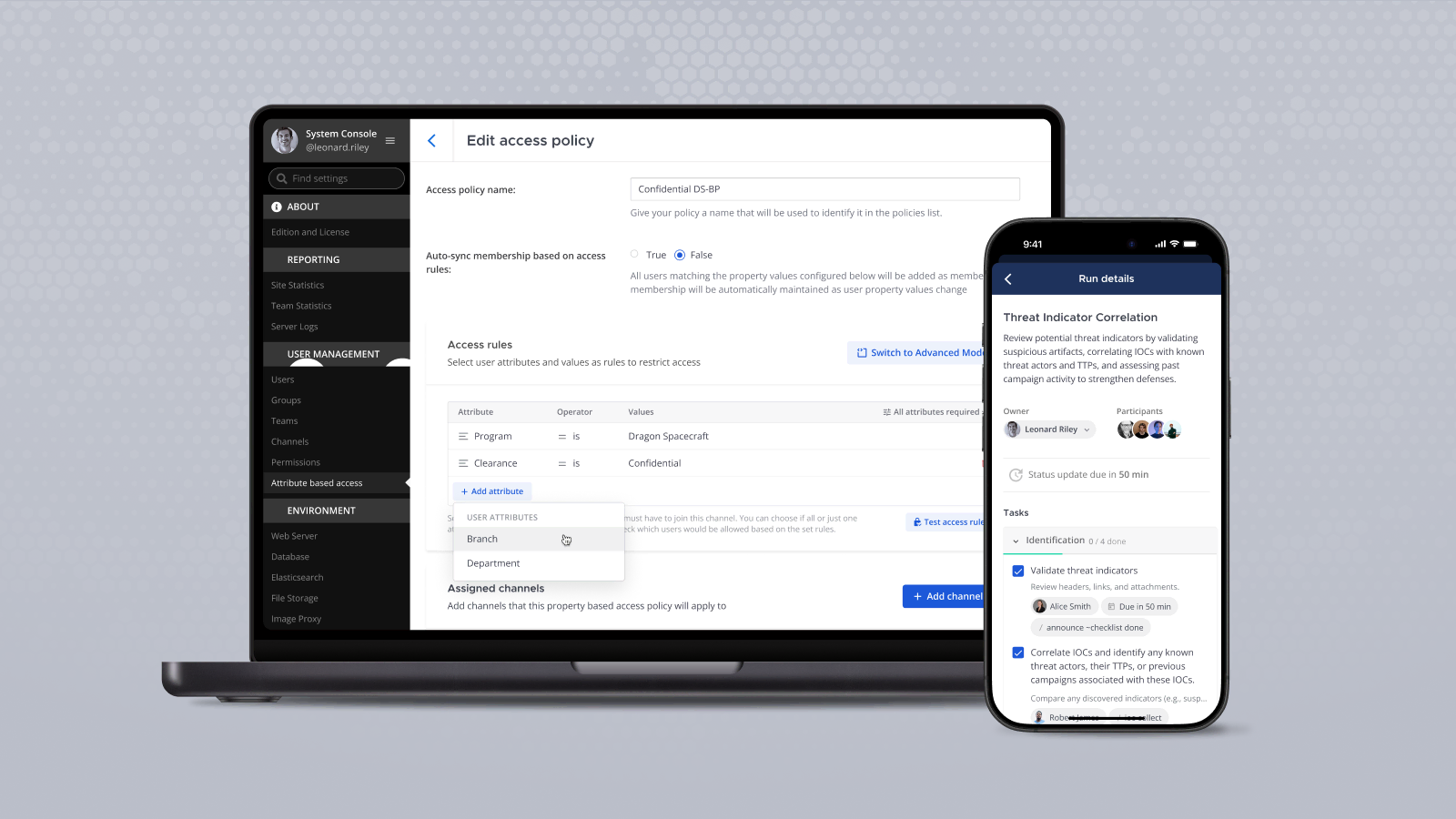
On Hermes and Mattermost
With the upgrade to React Native 61 came the prospect of substantially improving performance of our Android app. How? Through the use of Hermes, Facebook’s new JavaScript engine.
To say that we were excited is an understatement. And with that excitement came curiosity: How is this new JavaScript engine achieving performance boosts?
Let’s first chat a bit about JS engines in general.
How does your JavaScript code eventually get executed by the CPU on the machine? Through a JavaScript engine.
Initially, JS engines interpreted JS code. As each line came in during run-time, the JS engine would translate it to machine code that the host machine then executed.
Later, with the use of just-in-time (JIT) compilation, optimizations could be made since “hot code” can be compiled and stored so that it—instead of the source code—could be executed the next time it’s needed.
Another optimization that can be made is type specialization. Because of JavaScript’s dynamic type system, the compiler needs to check the types of each element every time it’s accessed during execution when it encounters, for instance, a for-loop on an array.
To avoid this, the compiler can move the type checks before the loop so that it’s done only once. You can read more about JIT compilers here.
How does this all play in with React Native?
In React Native, the JS engine used is the one provided by the JavaScriptCore Framework which is included by default in iOS. To build for Android, Facebook provides build scripts in their android-jsc Github repository.
When you build your app, the JS source code is minified and included in your APK as a resource. When your app starts running, all the JS code is handled by the JSC engine and all the optimization is done at run-time through the JIT compiler.
But what if that optimization could be done during build time? That’s where Hermes comes in.
With Hermes, there is no JIT compiler. Instead, the compilation and optimization of the JS code happens when the APK is built and an optimized bytecode is included as a resource in your APK instead of a minified JS code.
This has various benefits—including decreasing launch time, since the bytecode is ready to be executed. It also allows for considerations of more complex and time-consuming optimizations since the compilation process no longer affects the end user.
So, once we upgraded to RN 61 and enabled Hermes, we were ecstatic to see the Mattermost Android app launch within three seconds as opposed to about seven seconds without Hermes. Check out a demo of this during Chain React 2019:
Unfortunately, after further use of our app, we experienced very noticeable lag when scrolling the channel list, opening or closing the sidebars, and switching channels.
Sadly, the app was unusable, so we shipped Mobile App v1.26 without Hermes enabled.
The bugs in Hermes that seemed to be the cause of these issues have since been fixed, and we have a JIRA ticket to plan to build the latest Hermes, package it with RN, and test to see if we can ship Mobile App v1.28 with Hermes enabled.
Stay tuned!




